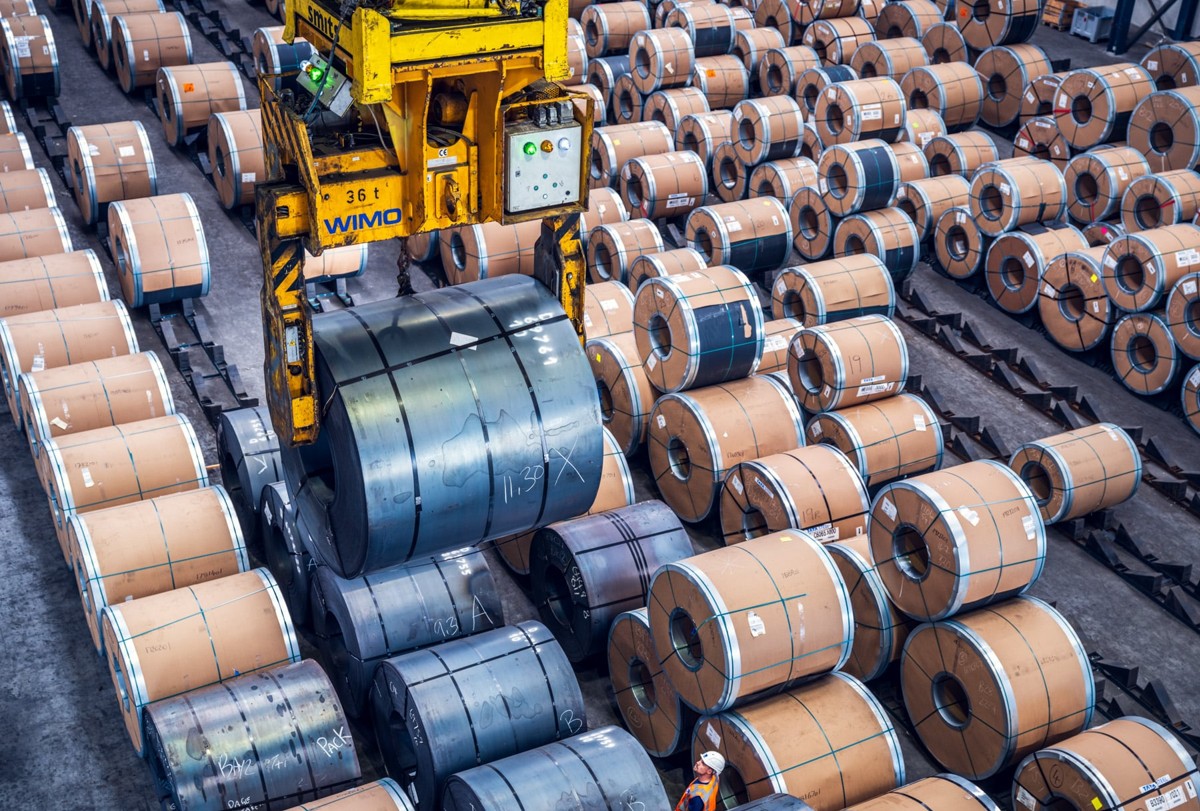Market Data

August 10, 2017
Section 232’s On Hold, But Not Its Impact
Written by Tim Triplett
Even though the Trump administration has postponed a decision on Section 232, the possibility of trade action that will further restrict steel imports is still influencing the market, according to comments from service centers, manufacturers and trading companies gathered in last week’s Steel Market Update Flat Roll Market Trends questionnaire.
![]() Two-thirds of all steel buyers believe there will be a pick-up in foreign steel imports now that the Section 232 decision has been put on hold by President Trump. “Yes, yes, yes, there is zero doubt,” asserted one respondent. “It’s only a matter of time,” commented another. Most agree there is likely to be a lag in foreign orders until the fourth quarter as companies work down material purchased ahead of the originally anticipated Section 232 deadline.
Two-thirds of all steel buyers believe there will be a pick-up in foreign steel imports now that the Section 232 decision has been put on hold by President Trump. “Yes, yes, yes, there is zero doubt,” asserted one respondent. “It’s only a matter of time,” commented another. Most agree there is likely to be a lag in foreign orders until the fourth quarter as companies work down material purchased ahead of the originally anticipated Section 232 deadline.
About 80 percent of service center respondents typically buy foreign steel, but only 35 percent are entering new orders for foreign right now, even though most said the spread between domestic and foreign prices is wide enough to justify it. “We’ve been too nervous about 232 to buy much foreign regardless of the price spread. With the delay on 232, we’re just beginning to explore this again,” said one service center executive, expressing a common sentiment.
The majority of manufacturers responding to SMU’s questionnaire said they normally buy some foreign steel, but only 23 percent are currently placing foreign orders. Sourcing foreign material is not a problem, but the lingering uncertainty of government trade action is. “We’re more concerned with where domestic prices will be when the foreign arrives. Not willing to take the risk,” said one manufacturing executive.
Trading companies responding to SMU’s questionnaire said they have seen a slight increase in requests for quotes from North American buyers of foreign steel since the administration put Section 232 on the back burner. Foreign steel prices are beginning to rise compared to a month ago, they said. “Prices globally are on their way up,” said one. “The China market is raising prices, so most mills’ costs are going up. We’re seeing $20-40 price pushes now,” said another. There is still a price advantage to some foreign offers, “but the next round of offers will be key,” added a third.
Traders don’t appear concerned that Section 232 will kill their import business, but most remain anxious. “It depends on the remedies, if they are applied at all,” said one trader. “Section 232 will be watered down. It may even disappear,” predicted another.
Premium level members of Steel Market Update have the ability to view all the results mentioned above in a historical context. SMU has an area visible only to Premium members under the Analysis tab. Executive level members can view a sample survey which is int that same area. If you would like to learn more about how to become a Premium member please contact us at: info@SteelMarketUpdate.com or by phone: 800-432-3475.







